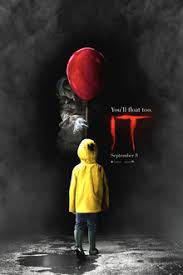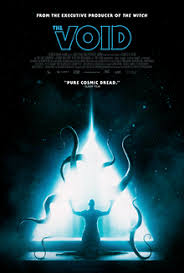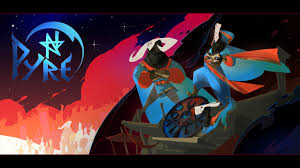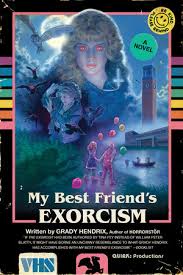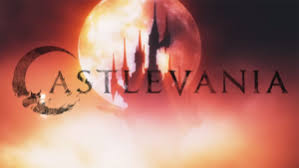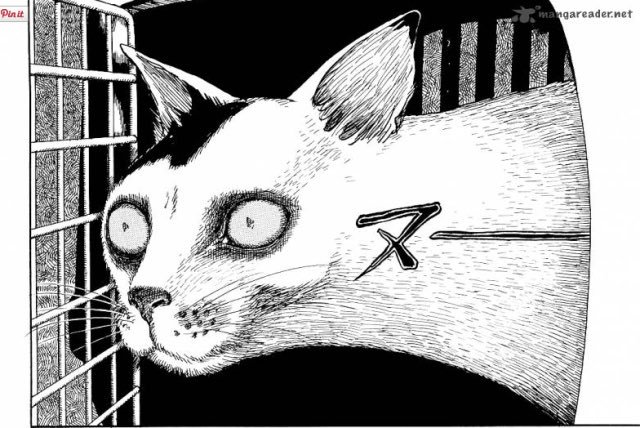
“Nazi Punks, Fuck Off!”, indeed. At the end of the day, it’s the DIY aesthetics of Punk that resonate the most with me. It’s not about having paid for years of private instrument tutoring, it’s about you learning what you can learn and then sharing it. Amazingly personal, in-your-face; it’s impossible for Punk, real Punk, to be mass produced, because each song is intrinsically about a small group of people agreeing to scream about one particular thing together, at the top of their lungs. All of this is to say that “Green Room” is easily the best thriller I’ve seen in years.
“Green Room” follows a punk rock band as they tour through the Pacific Northwest. The band, Ain’t Right, aren’t necessarily very good, nor are they making much money, but that’s the point. Their gigs run low, and, looking for gas money to make it home, they find themselves pointed towards a gig in rural Oregon. Their crowd, a group of skinheads, doesn’t love their opening song, “Nazi Punks, Fuck Off!”, but get into it as the band plays. However, when Ain’t Right happens to stumble across a murder taking place in the titular green room, shit proceeds to get real.
The atmosphere in “Green Room” is perfect. Very grungy, the locales are generally gross or claustrophobic, and the music inspires the setting excellently. Anton Yelchin gives an amazing performance as Pat, the bassist, in one of his final roles, and the entire cast completely exemplifies their characters. I want to draw special attention to Big Justin, the actor for whom strikes me as the perfect guy in the perfect scenario. His hostage scene is, for me, the highlight of the movie in terms of writing and tension.
Musically, the movie never forgets its roots, setting a lot of its scenes to live Punk acts as the main plot takes place in the surrounding environs. This is a clever move, not least of which because the presence of live music means for the audience that the protagonists are temporarily safe from any drastic actions from the Nazis. When the band is dismissed and the crowd told to head home due to a power outage, we know that Ain’t Right is in trouble now. It’s clever plotting, and a great way to subtly associate Punk music with the protagonists’ safety, which I appreciate. Really, I as a writer draw a lot of my influence from music (I think the best stories I write are set around a particular song or composer), and seeing this film made me realize the heights that such writing can achieve.
“Green Room” is a tense, tight thriller, with a very unique atmosphere and excellent acting. There’s nothing bad I have to say about it; it’s the quintessential thriller.
5/5
